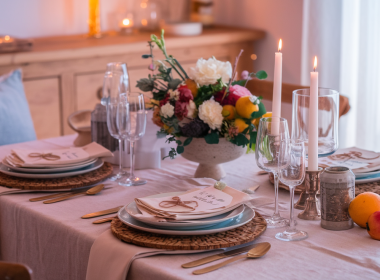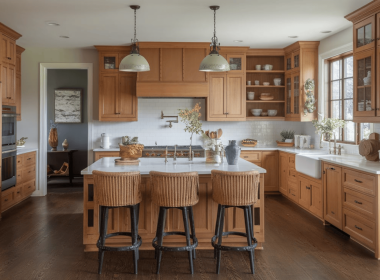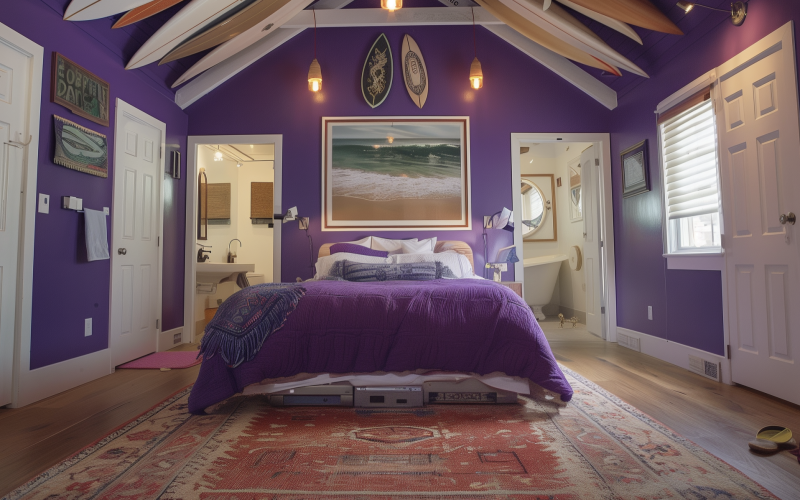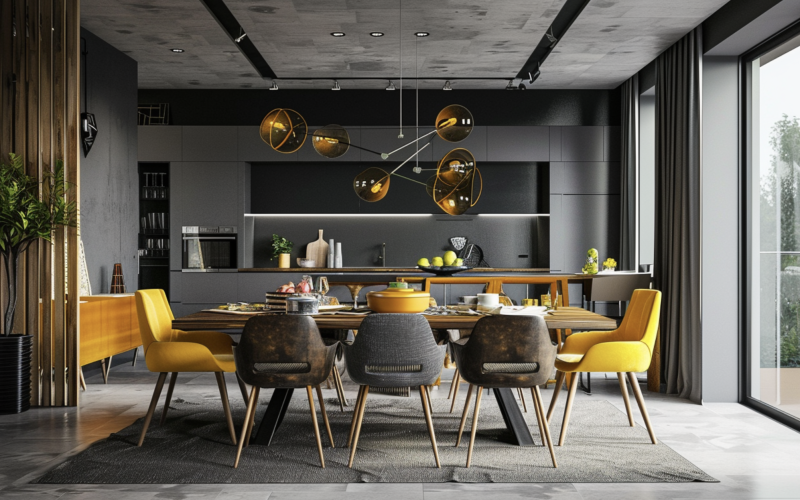Living in an all-white house, even a charming single-story white house with black trim, can often feel stark and uninspiring, leaving homeowners unsure how to infuse personality and warmth into their space.
The clean look can quickly become cold and lifeless, making creating a cozy, inviting atmosphere hard.
But don’t worry – adding color to your white house is easier than you might think and can transform your space into a vibrant, welcoming home that reflects your style.
With the right approach, you can bring life and energy to every room without losing the white walls’ fresh, open feel.
In this article, we’ll explore creative ways to introduce color to your all-white house, from bold accent walls to subtle pops of color in decor.
You’ll learn practical tips for choosing colors, incorporating textures, and balancing white spaces with colorful elements to create a harmonious and lively living environment.
Adding Colors To White Walls

Create Accent Walls
A quick way to add visual interest is by painting one wall in a room with a bold or contrasting color. This creates a focal point and transforms the space.
Consider deep blues for a calming effect, greens for a fresh feel, or rich reds to add warmth and energy.
Always test paint samples in your space before committing, as colors can appear different under various lighting conditions.
Incorporate Artwork and Wall Hangings
Introducing colorful artwork or tapestries is an easy way to break up white walls. Choose pieces that reflect your style and add visual interest.
Large, vibrant paintings can serve as a room’s centerpiece, while a gallery wall of smaller pieces adds variety.
Tapestries offer color and texture, making them an excellent choice for adding depth to your decor.
Enhance with Textiles and Soft Furnishings
Introduce colorful cushions, throws, and rugs for instant impact. Choose vibrant hues like yellows, blues, or earthy tones.
Mix different textures for added interest – consider velvet, linen, and knitted fabrics. A bright throw draped over furniture can quickly liven up a room.
Area rugs help define spaces and add warmth underfoot. When mixing colors and patterns, aim for a cohesive theme.
Detailed Strategies for Adding Color
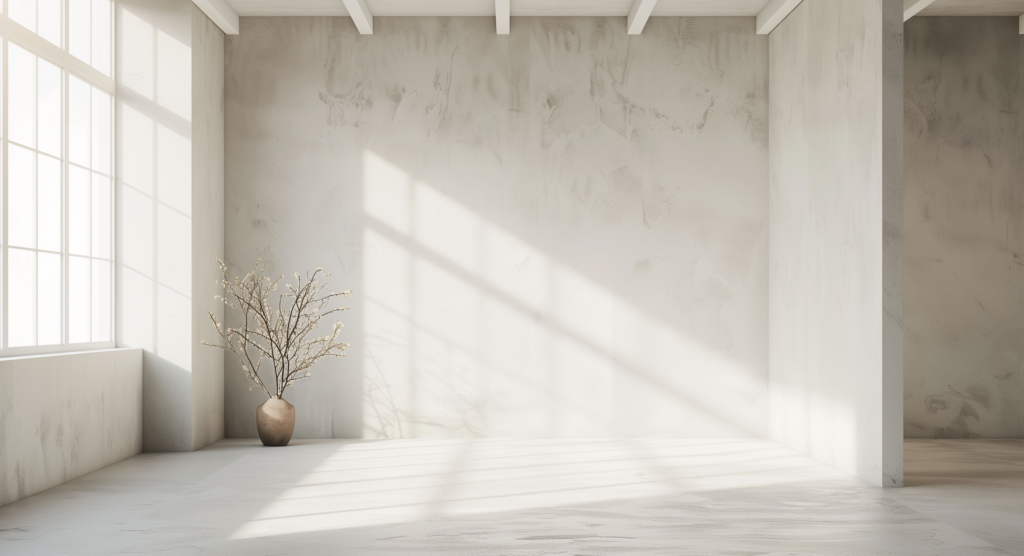
Furniture and Decorative Elements
- Choose Vibrant Furniture: Make a statement with colorful furniture like a bright sofa or chairs. These pieces can become the room’s focal point. To maintain balance, mix vibrant items with neutral pieces. For example, pair a colorful armchair with a white side table or a natural wood coffee table.
- Use Decorative Accessories: Small changes can make a big difference. Add colorful vases, lamps, and picture frames throughout your space. When layering colors, try using different shades within the same color family for a harmonious look or mix complementary colors for a bolder statement.
Structural Enhancements
- Highlight Architectural Features: Paint doors, window frames, or moldings in contrasting colors to draw attention to your home’s unique elements. Consider painting your ceiling in a soft, complementary shade to your walls for a subtle yet impactful change. This adds depth and interest without overwhelming the space.
- Update Flooring: Introduce colorful rugs or carpets to add warmth and personality to your floors. Layer rugs in different patterns and colors for a bohemian feel, or choose a large, statement rug as the room’s centerpiece. If you’re feeling adventurous, consider painting wooden floors in a complementary color to your walls.
Outdoor Spaces
- Enhance Exterior Accents: Don’t neglect your home’s exterior. Paint your front door a vibrant color for an inviting entrance. Use colorful outdoor furniture and planters to extend your interior color scheme outside, creating a seamless transition between indoor and outdoor spaces.
- Decorate Gardens and Patios: Your garden and patio are perfect for color experimentation. Plant a variety of colorful flowers and shrubs to create a vibrant landscape. Add outdoor art pieces, bright cushions for patio furniture, and painted pots for plants to bring your exterior spaces to life.
Practical Tips for Adding Color
Start Small
If you’re hesitant about adding color, begin with small accents and gradually introduce more. Use paint swatches and fabric samples to test colors in your space before making big changes.
Observe how these colors look throughout the day, as natural light can significantly affect their appearance.
Consider Lighting
Lighting plays a crucial role in how colors appear. Rooms with ample natural light can handle darker or more saturated colors, while rooms with less light might benefit from lighter, brighter hues.
When choosing artificial lighting, select bulbs that enhance your desired color scheme. Warm-toned bulbs can make reds and yellows pop, while cool-toned bulbs can enhance blues and greens.
Conclusion
As we wrap up our journey through the world of color, remember that transforming your all-white house into a vibrant home is an exciting adventure.
Whether you paint an accent wall, introduce colorful furniture, or add some bright cushions, each splash of color brings your space to life. Don’t be afraid to experiment – start small and gradually build your confidence.
Consider how natural and artificial light affects your chosen hues, and always test samples before committing. Most importantly, let your personality shine through in your color choices.
Your home should reflect who you are and make you happy whenever you walk through the door. Ready to get started?
Pick one idea from this article and take that first step towards a more colorful, inviting home. Your white walls are waiting for your personal touch!

